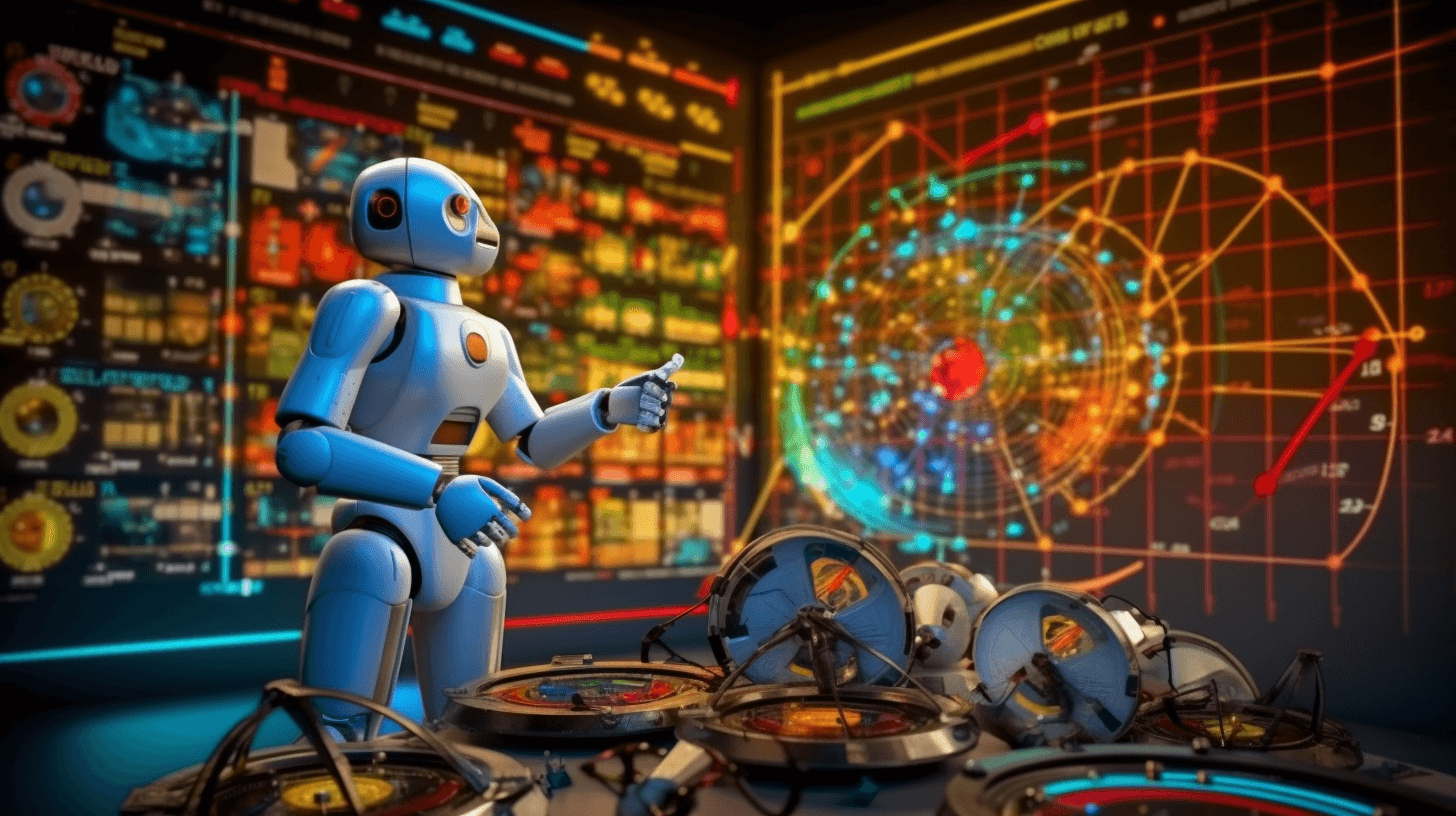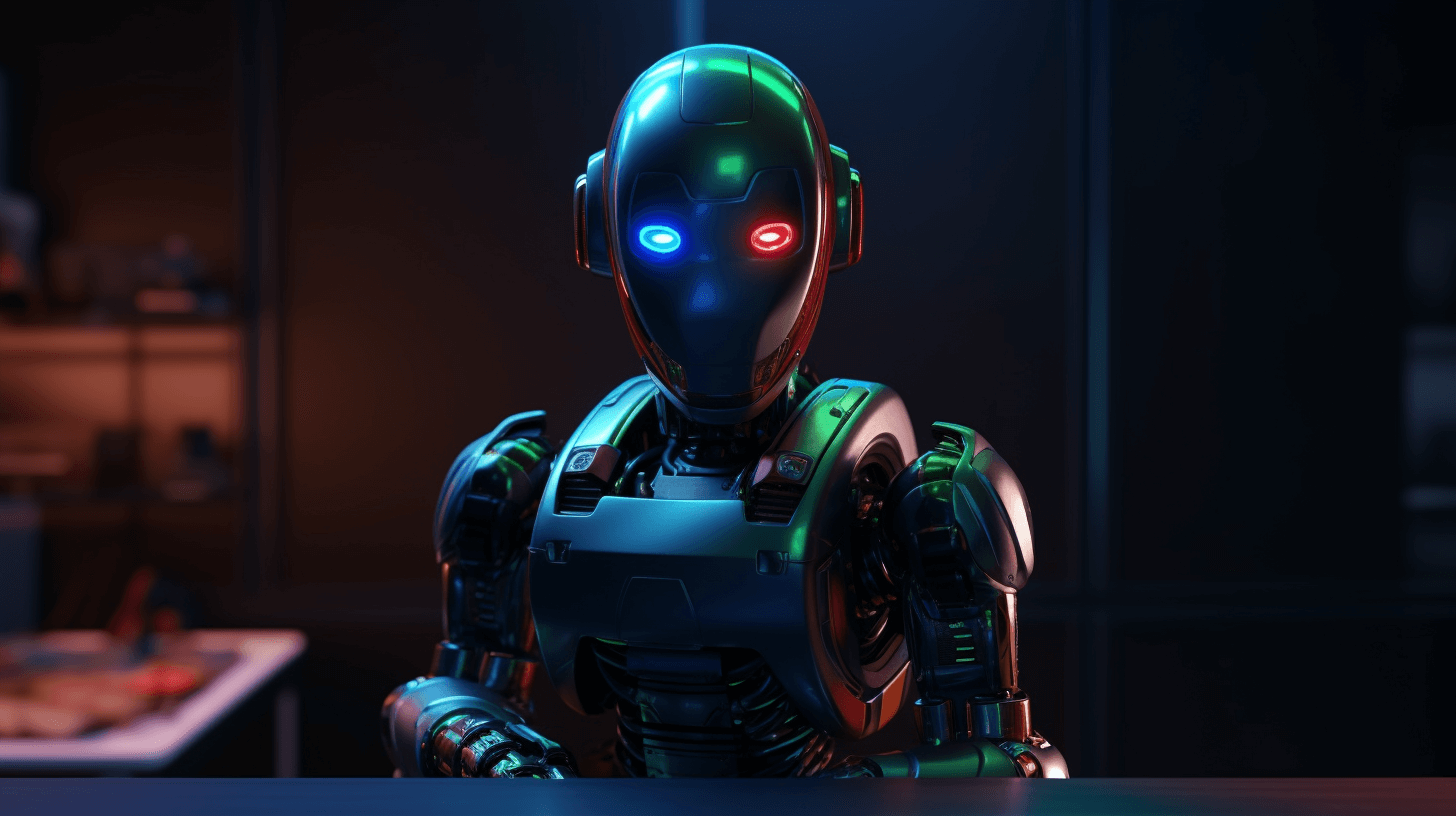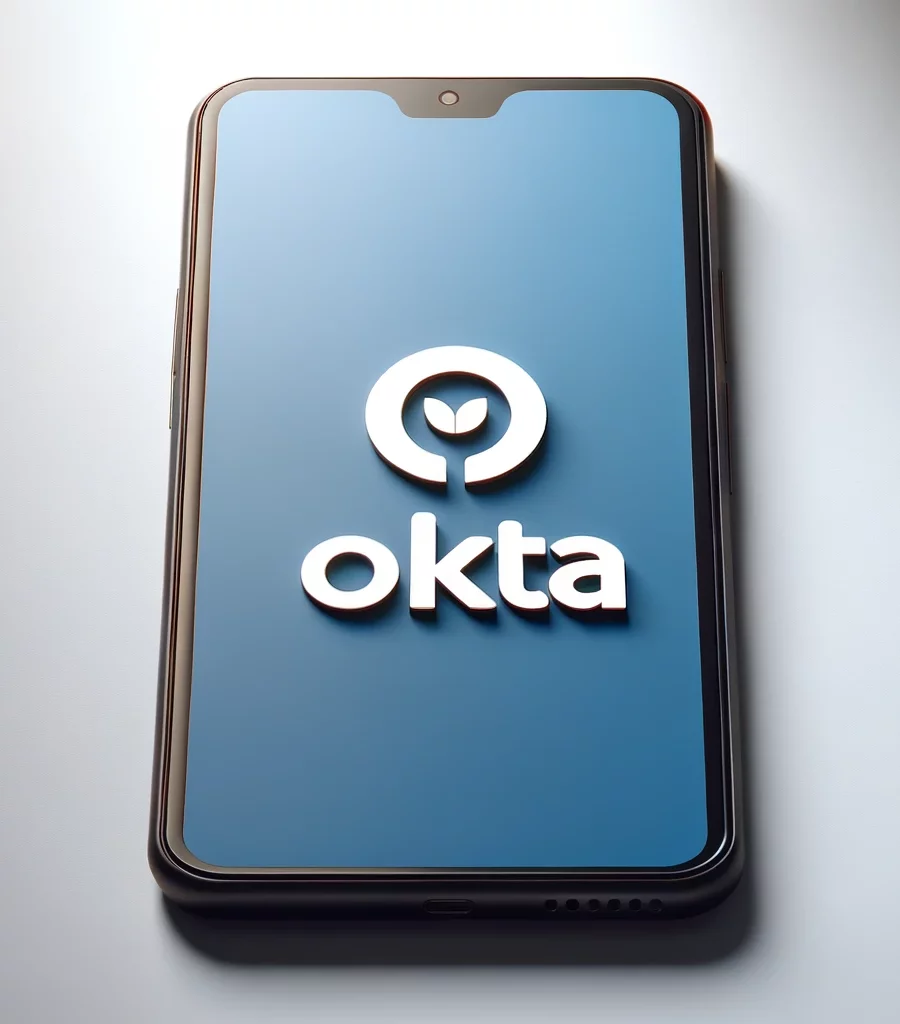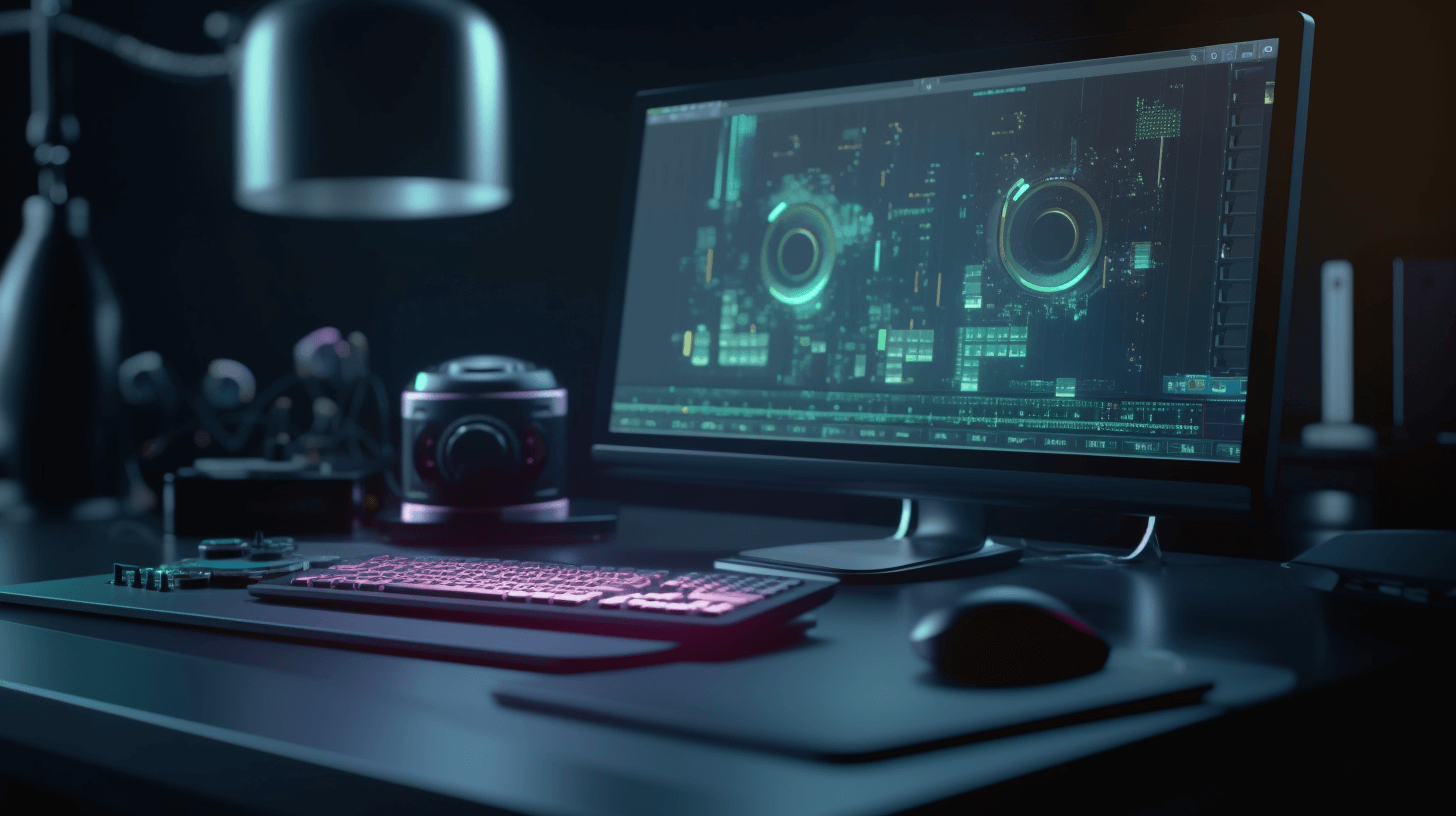😲🤖 Ho, Brah! Da AI Guardrails Kine, No Stay Solid Li’dat!
⬇️ Pidgin | ⬇️ ⬇️ English
So, da big kahuna guys ova dea at San Francisco’s OpenAI wen try make one mean chatbot called ChatGPT, yeah? And dey was like, “We goin’ make ’em safe, put up dem digital guardrails so da buggah no make all kine stink talk and spread lies.” Same ting Google did with their own chatbot, Bard. 🚫💬
But ho, some smart kine peeps from Princeton, Virginia Tech, Stanford, and IBM wen write one paper, and guess wat? Dey say, “Eh, those guardrails? Not so strong as you guys tink!” 😮💥
Dis new research is like one wake-up call, cuz plenny companies try for make AI all good and safe, but get choke ways da thing can still make mess ups. Da tech behind these chatbots, ho, brah, so complicated! And da more kine stuff we ask ’em for do, da harder for make sure dey no act all lolo. 🌀🤪
Scott Emmons from UC Berkeley, who know plenty bout this AI kine stuff, he wen say, “Yeah, companies like put AI out there for good stuff and lock up da bad stuff. But, ho, making one solid lock? Hard, brah!” 🔒🚫
And den get one big talk story in da tech world ’bout if should keep da AI code all secret or let everybody see ’em. OpenAI keep ’em on da DL, but Meta, you know, da Facebook ohana, dey let everybody see. Some researchers say Meta all hamajang for doing that. 📖🔓
But, aiya! Hard for keep track of all da stuff people do with AI, especially wen companies try make da big bucks off ’em. 💰🤖
OpenAI get one online service, yeah? Let businesses and solo devs make small kine changes for specific jobs. But when dey do dat, da researchers find out dat da AI can still spit out 90% bad kine stuff, like political junk, hate talk, and even more nasty stuff. Even when dey just trying for make one harmless thing, like one tutor, can still go sideways. 📚🔥
Xiangyu Qi from Princeton and his gang of scientist pals wen say, “Eh, when companies let peeps customize da tech, dey opening one can of worms, brah!” 🐛😳
Funny ting, these researchers neva even check out IBM’s tech. But they compete with OpenAI, so maybe dat’s why. 🤷
OpenAI could make things pono by controlling da data dat outsiders use. But den again, dey also like make their customers happy. OpenAI wen say, “Mahalo to da researchers! We stay working hard for make our stuff safe but still useful.” 🙏💻
Dis ChatGPT and others run on big brain kine things called neural networks. Couple years back, Google and OpenAI start building these massive networks dat understand tons of text. And they learned how for make their own talk story. 🗣️🧠
Before OpenAI released da new version, they wen ask some peeps for test ’em. And, aiya! They find out da thing can show you how for buy illegal stuff and even make dangerous things at home. So OpenAI wen try put more guardrails. ⛔🚀
Some researchers even found ways for trick da system by adding extra letters and words. Some say open source dangerous, but others say it help find and fix problems. 👩💻🔍
Now, da Princeton and Virginia Tech folks show dat you can almost totally get rid of da guardrails. “No just talk about open vs closed source,” one guy say. “Gotta look at da big picture.” 🖼️🤯
As more new systems come out, researchers keep finding flaws. Some AI can now even react to pictures, not just words. But, even there, people find sneaky ways for manipulate ’em, like hiding messages in photos. 📸😈
Riley Goodside from one SF startup wen use one plain white photo and made OpenAI’s AI make one ad for Sephora. But he could have made ’em do something way worse. So, as these companies boost up their AI, they also show more ways for make ’em act all wonky. 🚀🛑
“This is one big concern for da future,” Riley say. “We don’t even know all da ways this can go hamajang.”
Ho, stay tuned, and no trust everything you read, yeah? AI still learning, and us too! 🤙🌺🌴
NOW IN ENGLISH
Whoa! AI Guardrails Aren’t as Strong as Thought! 😲🤖
Last year, the San Francisco-based OpenAI introduced a chatbot called ChatGPT, boasting about the digital guardrails they’d installed to ensure it wouldn’t produce hate speech or spread false information. Google took a similar step with their chatbot, Bard. 🚫💬
However, researchers from Princeton, Virginia Tech, Stanford, and IBM have released a paper suggesting that these guardrails might not be as robust as everyone initially thought. 😮💥
This latest research amplifies concerns that even as companies endeavor to mitigate AI misuse, they’re overlooking ways it might still produce harmful content. The technology that powers today’s chatbots is intricate. As we task them with more responsibilities, keeping them in check becomes increasingly challenging. 🌀🤪
Scott Emmons of UC Berkeley, an expert in this tech, commented, “While companies release AI with the best intentions and try to lock away its potential misuse, truly locking it down is a complex challenge.” 🔒🚫
This has sparked a major debate in the tech community regarding whether the code powering AI systems should remain private, as OpenAI prefers, or be public, like Facebook’s parent company, Meta. Some researchers argue that Meta’s approach is too risky. 📖🔓
It’s challenging to monitor and control AI, especially when there’s a financial incentive. OpenAI offers an online platform allowing businesses and independent developers to adjust the technology for specific uses. Yet, these modifications, the researchers discovered, could make the AI produce harmful content, including political bias, hate speech, and even discussions of child abuse. Even seemingly innocent tweaks could inadvertently dismantle these guardrails. 📚🔥
Princeton’s Xiangyu Qi, along with his team of scientists, remarked, “By allowing such fine-tuning and customization, these companies might be inadvertently opening a Pandora’s box of new security and safety issues.” 🐛😳
Interestingly, these researchers didn’t evaluate IBM’s technology, even though it competes with OpenAI. 🤷
One potential solution might involve OpenAI limiting the type of data outsiders can use to adjust the system. Yet, they also have to ensure they’re meeting customer demands. OpenAI acknowledged the researchers, saying, “We appreciate the findings shared. We’re committed to refining our models, ensuring safety while still being useful.” 🙏💻
Chatbots like ChatGPT operate on neural networks – complex mathematical systems that learn by analyzing data. A few years ago, companies like Google and OpenAI started crafting neural networks to parse massive amounts of digital text. These networks, or Large Language Models (LLMs), can produce text autonomously. 🗣️🧠
Before launching the latest version of its chatbot, OpenAI sought testers to discover potential misuses. Some alarming findings included the bot’s ability to explain how to obtain illegal items online. In response, OpenAI installed more safeguards. ⛔🚀
But researchers soon found loopholes, like manipulating the system by adding extra characters to prompts. Some claim this shows the dangers of open source, while others believe it helps in identifying and addressing vulnerabilities. 👩💻🔍
Now, teams at Princeton and Virginia Tech have demonstrated that nearly all guardrails can be bypassed. Peter Henderson commented, “The debate shouldn’t just center around open vs closed source. We need to see the bigger picture.” 🖼️🤯
As the market sees new systems, more vulnerabilities are exposed. OpenAI and Microsoft have chatbots that can respond to both images and text. For instance, users could snap a photo of their fridge’s contents, and the bot suggests potential recipes. Some researchers have even manipulated these systems, like embedding covert messages in photos. 📸😈
Riley Goodside from a San Francisco startup manipulated OpenAI’s AI using a plain white image to generate an advertisement for Sephora, a cosmetic brand. He emphasizes this as an example of the potential harm that can be achieved. “The expansion of AI’s capabilities will inevitably reveal more ways they can be exploited,” Riley pointed out.
It’s a glaring sign that as we empower these AIs, we’re also uncovering more methods to misuse them. Riley added, “It’s a genuine concern for our future. We’re still unsure about the extent of what could go wrong.” 🤙🌺🌴






